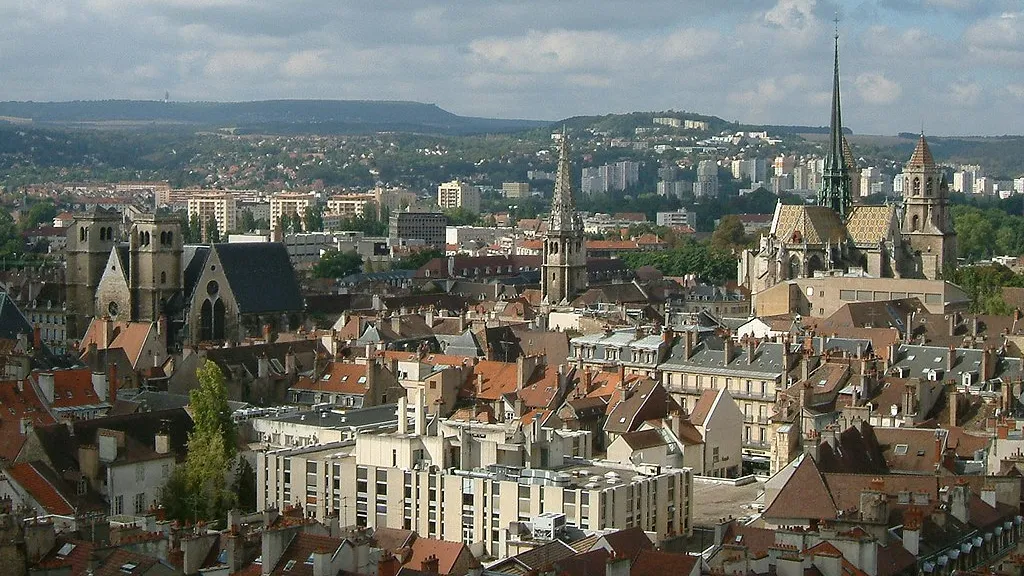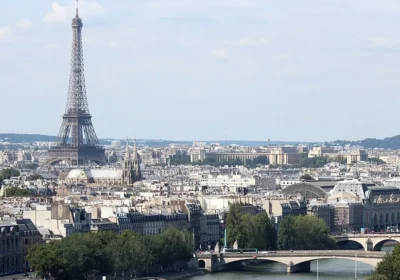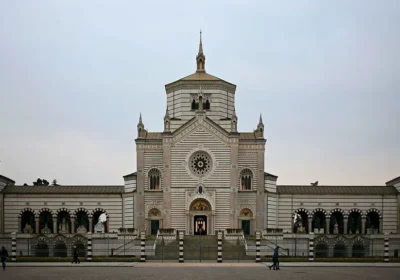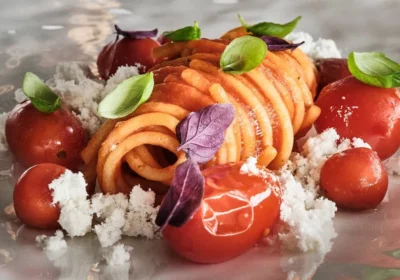In the 1st century AD there was a small Roman settlement here – Divio (marvelous, divine – thanks to the purity of the local river). In the Middle Ages, it is a powerful, well-defended city. In the XI century it becomes the capital of Burgundy. During the XIV-XV centuries. Burgundian dukes claim absolute power in the French kingdom. The ancestor of the Burgundian branch of the Valois is considered to be Philip the Brave (1364-1404). Although at the time of the Battle of Poitiers he was still a child, this did not prevent him from fighting bravely alongside his father John II the Good. For his bravery, he was granted possession of Burgundy.
The court of the Dukes of Burgundy is considered hardly the most brilliant in Europe. It was at this time that Dijon became one of the richest and brightest European capitals. And no wonder: the dukes own a large part of Europe. In their service they have famous sculptors, painters (for example, the great master of the old Flemish school Jan van Eyck) …
But in the end the French kings subjugate and Burgundy, for which they have been fighting with the emperors for several centuries …
Today, the city’s European political importance is behind it… It is now known worldwide rather for its gastronomic recipes. For example, the famous French aperitif owes its name to one of the mayors of Dijon, Cyrus, and the mustard we know is called Dijon mustard. Here were born the recipes for dishes with truffles (which are collected in Burgundy and in the fall, at fairs, you can eat an omelette studded with truffles, costing … a few euros). And who hasn’t tried snails cooked Burgundian style?
Dijon is a rather large city. It combines features of refined French provincialism, medievalism, royal architecture of the heyday of the French monarchy and modernity. Here you will find a ducal palace, semicircular squares with diverging fans of streets, medieval and Renaissance houses and palaces, Gothic cathedrals, mansions of XVI, XVII and XVIII centuries. The streets near the Notre Dame Cathedral are very interesting. The magnificent Gothic temple was laid in 1230-1250 during the reign of St. Louis and consecrated in 1334. Here stands the oldest statue of the “Black Virgin” in France, presumably dating back to the XI century. According to legend, she saved the city from the Swiss on September 11, 1513. According to the inhabitants of Dijon, it was the statue of Our Lady that helped to rid the city of the Nazis in 1944.
In the Cathedral of St. Benin there is one of the most beautiful crypts in France. The faithful descend into it to pray on the graves of Christian martyrs….
And, of course, the special charm of Dijon is the abundance of colorful tiled roofs for which Burgundy is famous.
A lot of museums, cathedrals, and simply the size of the city – all this offers to spend a whole day in it. But even a 2-3 hour walk will make you fall in love with Dijon. If you want to have lunch or dinner in Dijon, you will find a number of good restaurants, including several with stars of haute cuisine (according to the Michelin Guide categories).

















